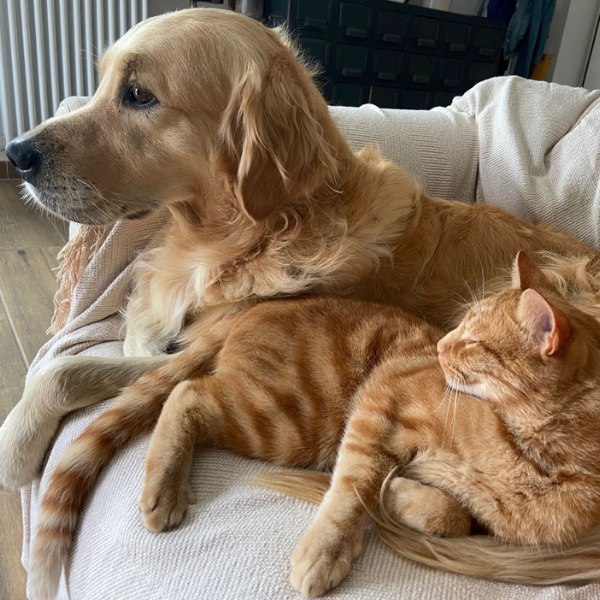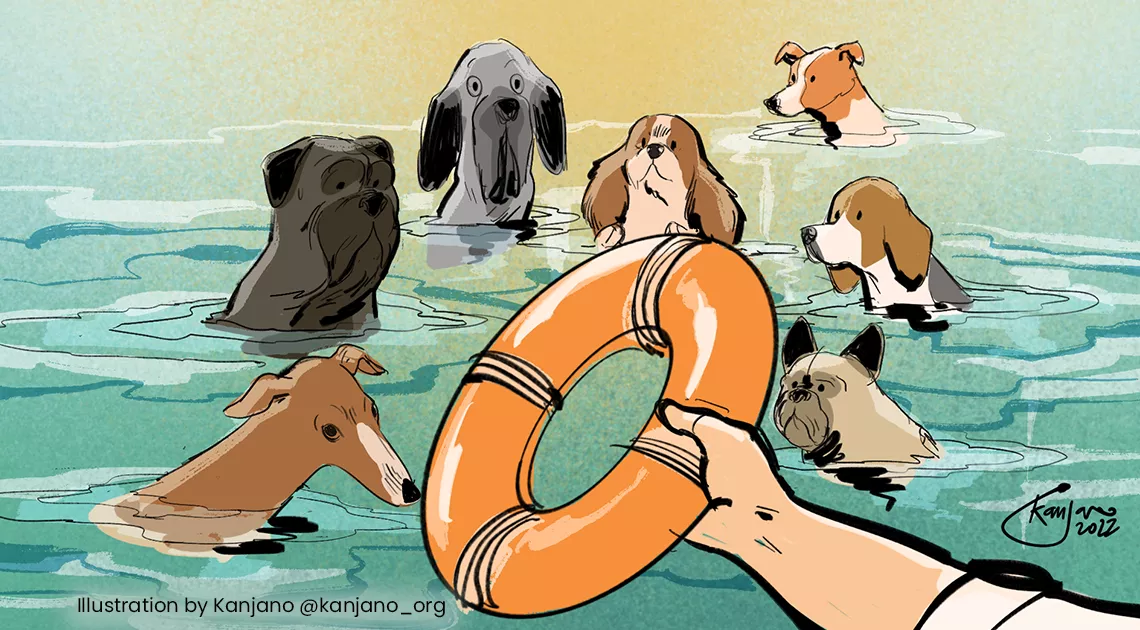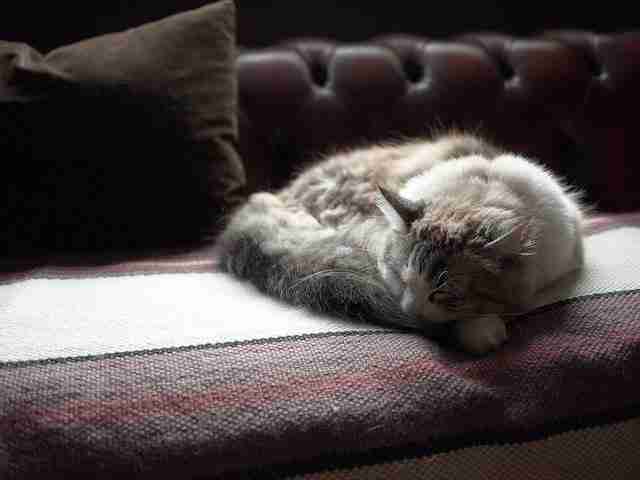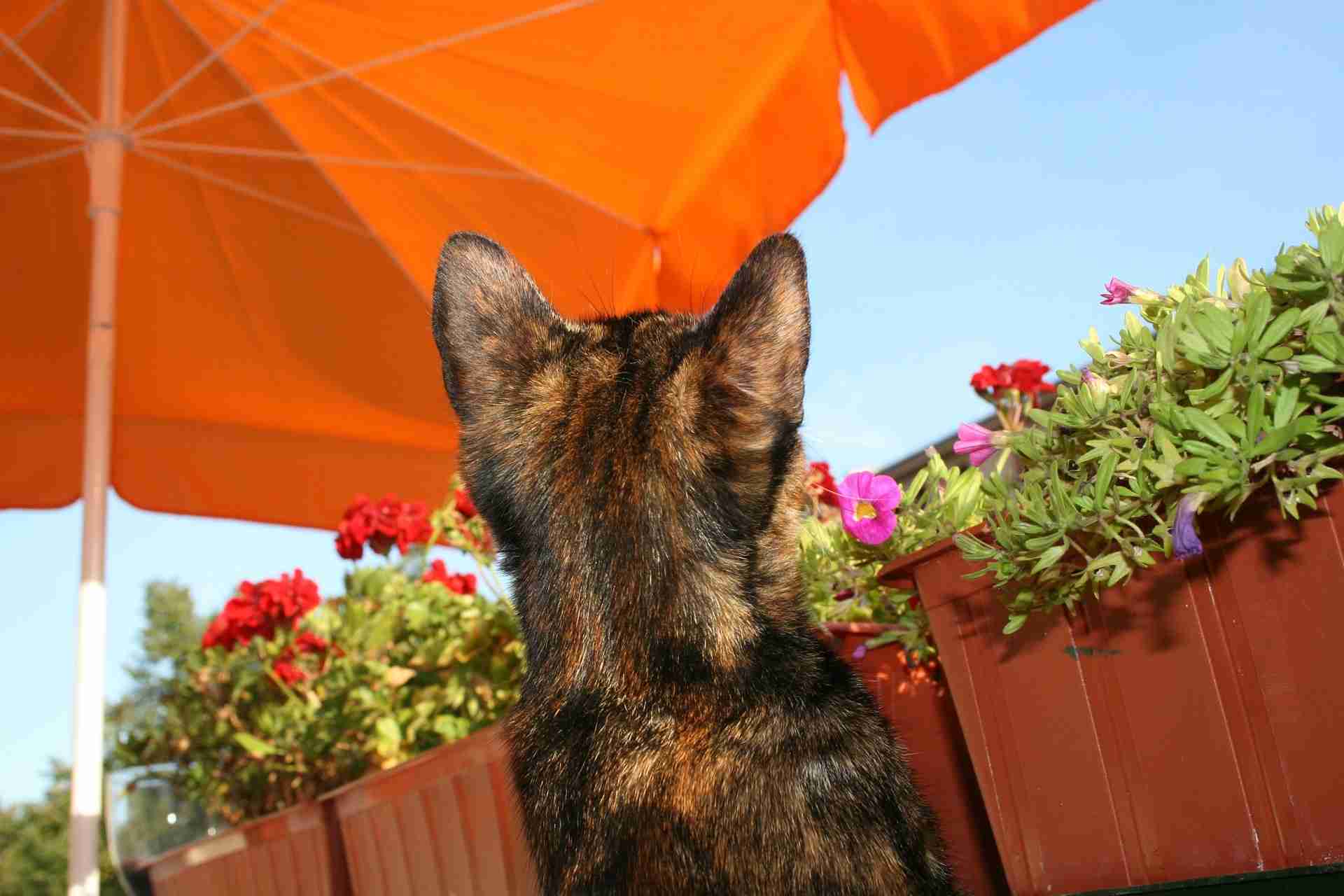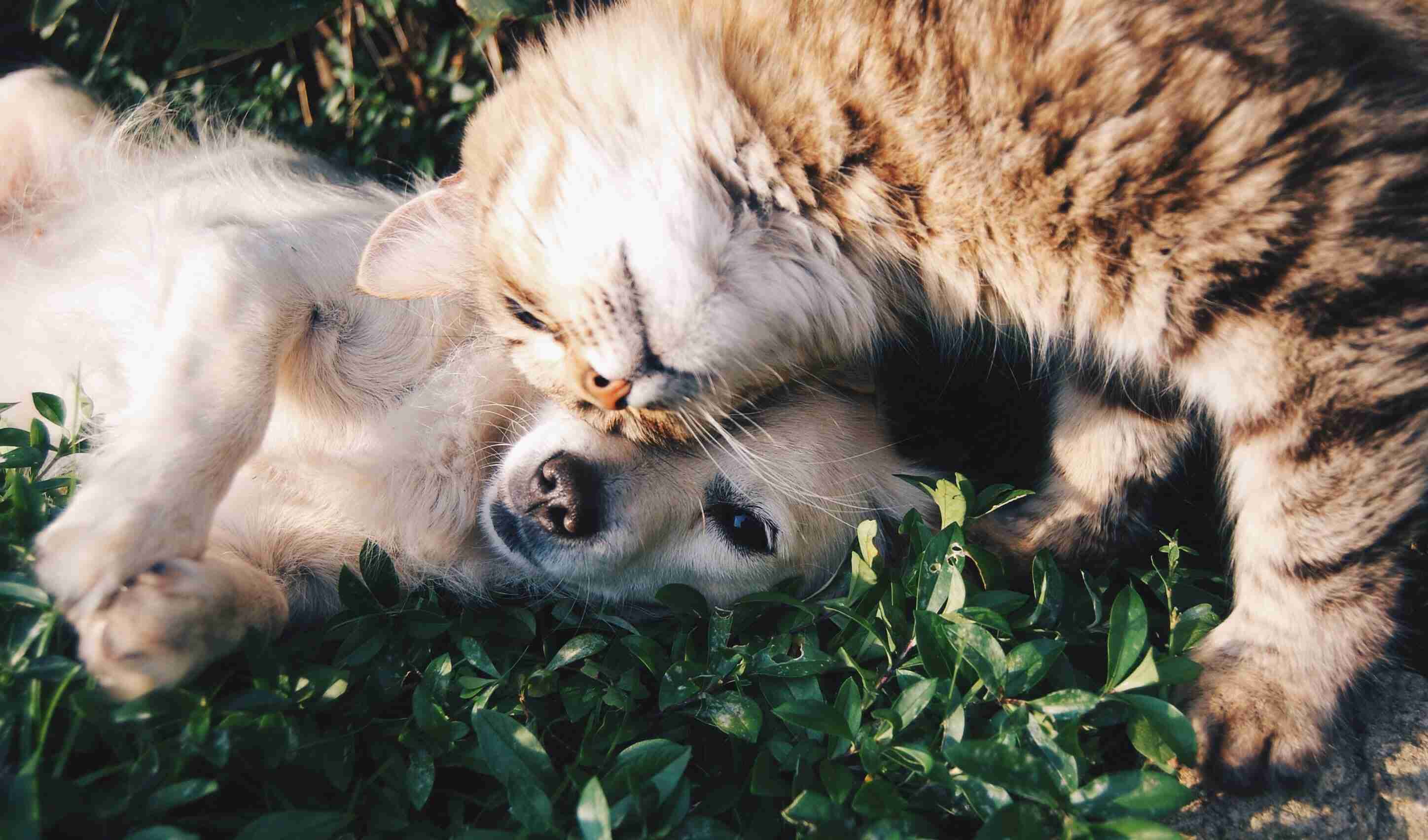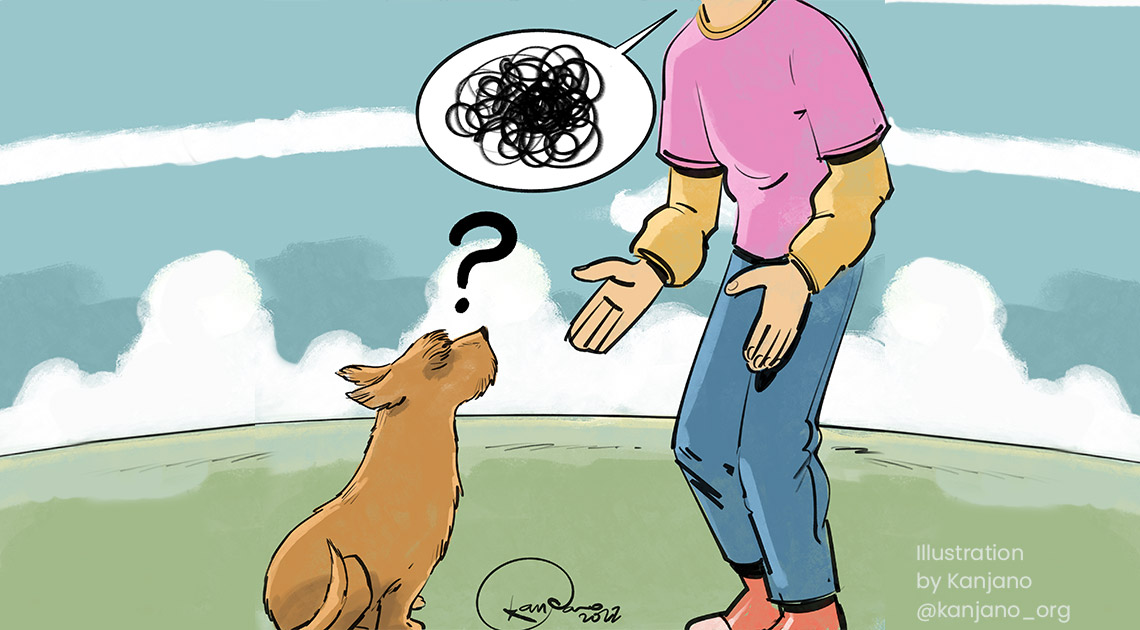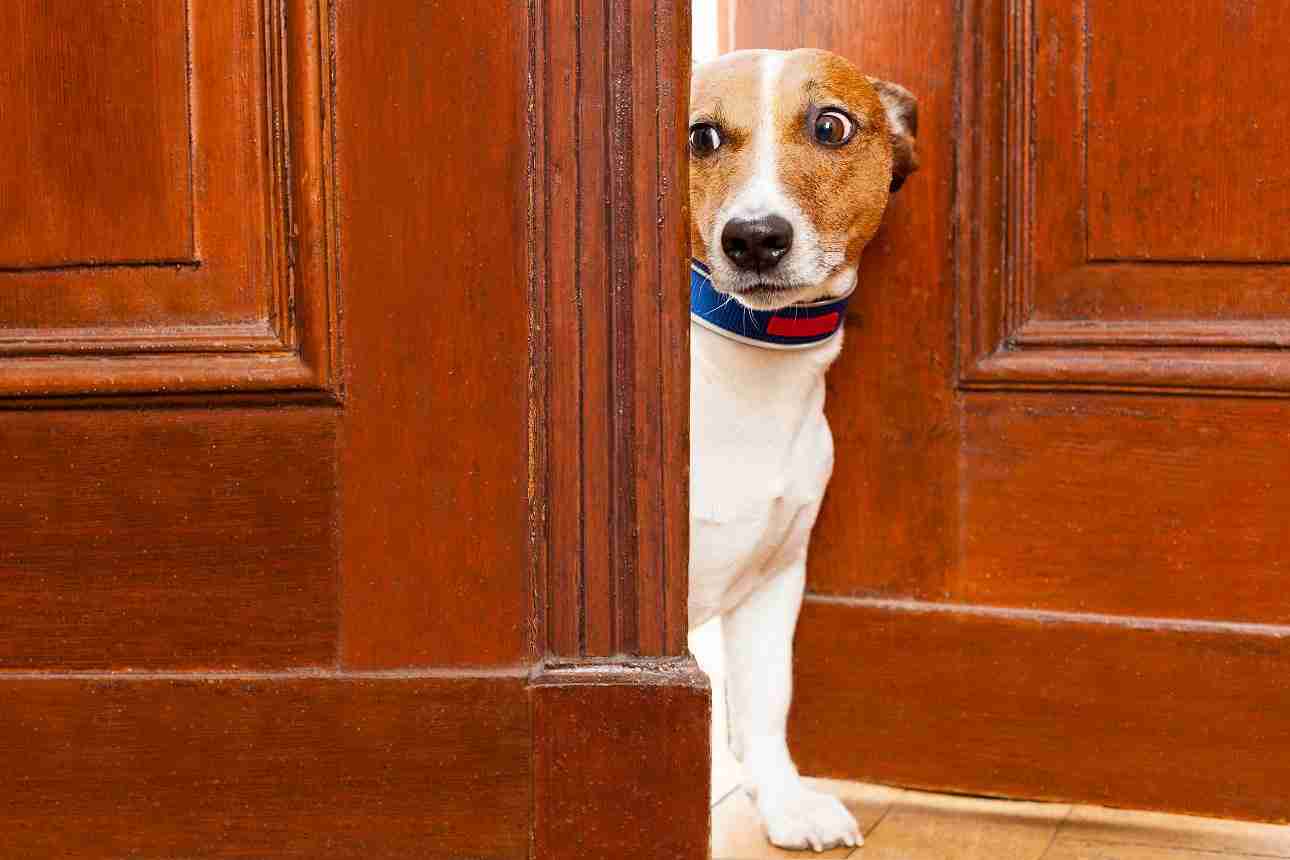Vet’s corner: My cat is sterilised, how do I keep them healthy?
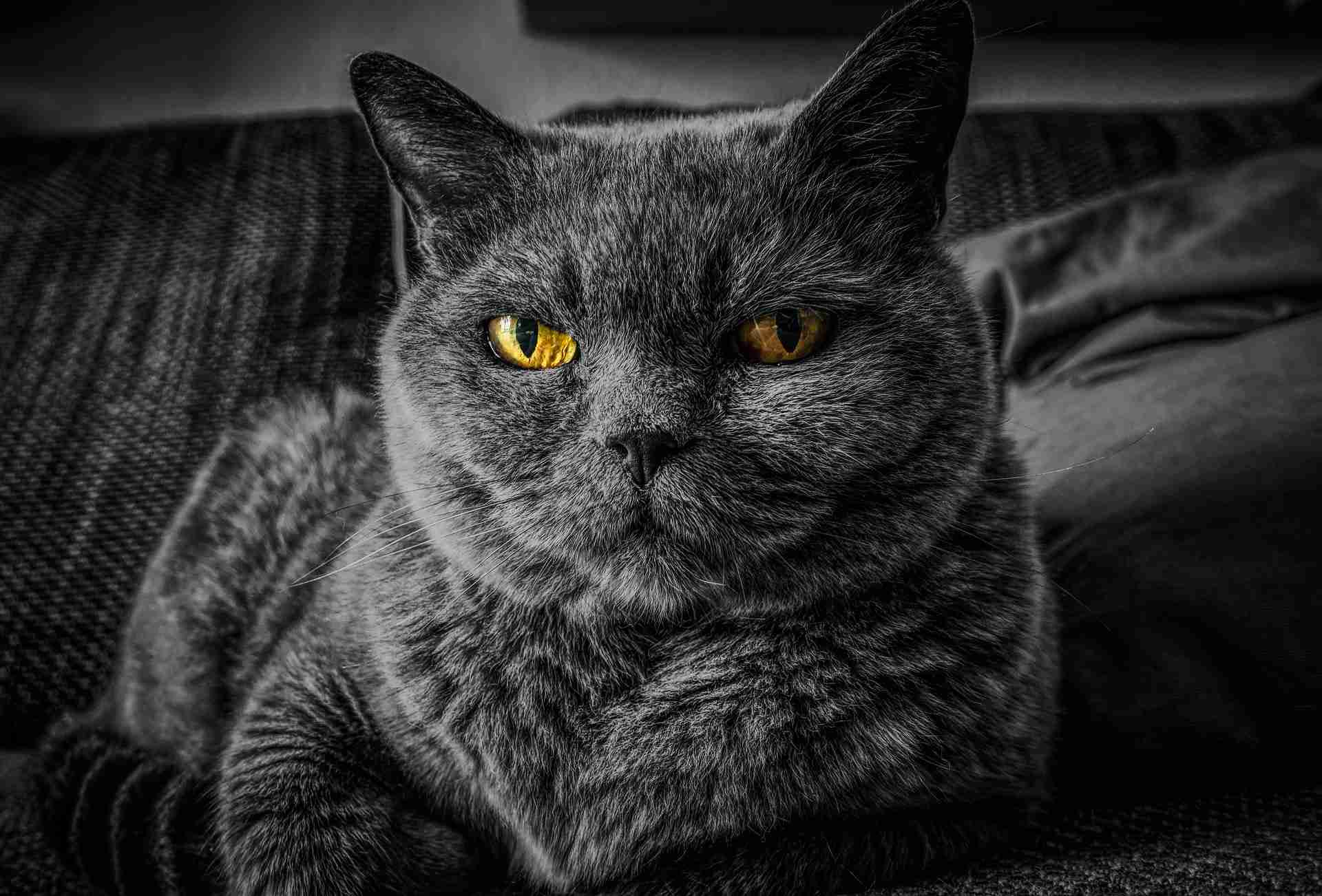
What is sterilisation
You will come across several terms when looking for sterilisation. The process has different names for males and females but some can be used interchangeably. Here is a small reminder:
Castration: removal of the testes – only used in reference to male animals
Spaying: removal of the ovaries and sometimes also the uterus – only used in reference to female animals
Neutering: can be used to describe the sterilisation process for cats as well as dogs
Animal welfare
Sterilisation is used throughout the world to limit the number of unwanted litters, decreasing the number of stray animals, and protecting local biodiversity. Click here for our blog with more details on the topic.
Health
Cats don’t decide to look for a mate to have kittens with, it’s pure instinct. A cat in heat puts a lot of strain on their body due to the change in hormones, increased activity and restlessness. After a cat is sterilised, they don’t receive the hormonal stimuli that make them restless, offering them the peace of mind they need to enjoy a dreamy, relaxed life. They don’t have to frantically look for a mate or fight another cat to demonstrate their dominance anymore.
Lifestyle
A sterilised cat has less risk of contracting diseases, especially female cats. However, this peaceful and sleepy existence can lead to weight problems. Because sterilised cats spend the majority of their time sleeping and eating, they do tend to become overweight if their diet isn’t managed.
Luckily, it’s not too hard to keep the weight under control. You can help to keep them in shape by providing an environment that stimulates their senses and keep them active to start with. Then, take a close look at their diet. Provide a diet that’s low in calories but provides a lot of moisture. Keep the cat hydrated to avoid diseases of the urinary tract. A balanced diet
Simply buying a type of kibble that is labelled as ‘sterilised’ is not enough, a balanced diet that is appropriate for weight control should comprise a variety of different elements.
The kibble has to be low in calories with animal protein sources as the main ingredient, preferably from fresh meat or fresh fish. It’s imperative to add a portion of wet food to provide extra liquids and stimulate the production of urine. Wet food also functions as a snack that keeps them full for longer due to the greater volume. We have a functional range that consists out of dry and wet food, take a look here for more information.
Enrichment
Providing enrichment is fundamental for the wellbeing of any at cat but especially for cats who spend the majority of their lives with little to no access to the outside world. It’s important to play with them as much as you can in order to complete their lives. Try a few different toys and interact with them by hiding food and setting up little hunts. It will enrich both of your lives and create a strong bond. If you enjoyed this blog, please share it on your social media pages and don’t hesitate to get in touch via Facebook or our website. Vet’s corner is a regular feature on this website so please read our other blogs about nutrition and care here.
We will finish this with a nice quote:
The cat is an independent creature that does not consider itself a prisoner of man and establishes an equal relationship with him.
- Konrad Lorenz

